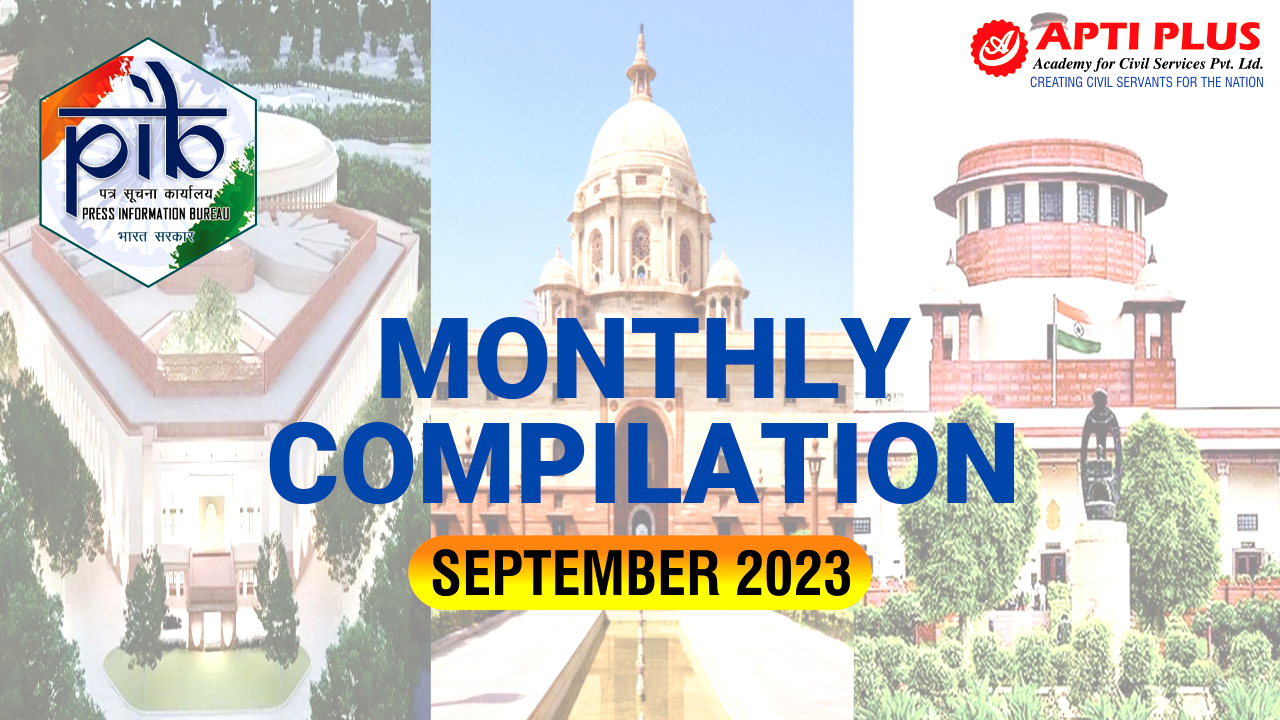Description
.jpg)
Copyright infringement not intended
Picture Courtesy: www.hindustantimes.com
Context: The Reserve Bank of India (RBI) has allowed District Central Co-operative Banks (DCCBs) to close un-remunerative branches without prior RBI permission, but they must seek approval from the Registrar of Cooperative Societies in their respective state.
Highlights of the RBI's circular
- The decision to close down branches should be made by the Board of the DCCB. The Board should consider all relevant factors, and the decision should be properly recorded and minutes in the proceedings of the Board meeting.
- DCCBs are required to give two months' notice in advance to all existing depositors/clients of the branch. This notification should be done through press releases in local leading newspapers and by communicating directly with each constituent of the branch.
- While DCCBs do not need prior permission from the RBI to close un-remunerative branches, they do require approval from the Registrar of Cooperative Societies of the respective state.
- The DCCB must return the original license(s) issued for the closed branch to the Regional Office of the RBI concerned.
- DCCBs are not allowed to close branches if the RBI has imposed restrictions on the bank.

District Co-operative Central Bank (DCCB)
- DCCBs are cooperative banks that operate at the district level in India.
- They provide banking and financial services primarily to rural and semi-urban areas, focusing on the agricultural sector.
- DCCBs are crucial for the economic development of rural regions, as they offer services like crop loans, agricultural equipment financing, and savings accounts to farmers and other community members.
Structure of DCCBs
- Each district has its own DCCB, collectively known as District Central Co-operative Banks.
- The governance structure includes elected representatives and directors from various professional cooperative bodies such as milk unions, urban cooperatives, rural cooperatives, etc.
- These elected representatives are responsible for making decisions and shaping the policies of the bank.
Election of President
- The president of a DCCB is chosen through elections.
- Elected representatives and directors, representing different cooperative bodies, participate in the election process.
- It's common for local politicians to be involved in these elections, and winning the position of DCCB president can be a significant boost to their political careers.
Role of State Apex Central Co-operative Bank
- Each state has a State Apex Central Co-operative Bank.
- This apex bank acts as the central coordinating body for all DCCBs within the state.
- It provides support, guidance, and financial assistance to the individual DCCBs under its jurisdiction.
|
Advantages and Disadvantages of Political Involvement
|
|
Advantages
|
●Politically influential leaders can use the bank's resources to fund local development projects, agricultural initiatives, and infrastructure improvements.
●They can advocate for policies that benefit the local community, especially farmers and rural businesses.
|
|
Disadvantages
|
●Political interference can lead to corruption, favouritism, and mismanagement of funds, diverting resources away from their intended purposes.
●Frequent changes in leadership due to political elections can cause instability in the bank's operations and decision-making processes.
|

Conclusion
- DCCBs are essential institutions that serve the rural population in India. While political involvement can bring positive changes, it also carries the risk of misuse and instability. The impact of political influence on DCCBs can vary from region to region, and it's a complex aspect of their functioning in the country's cooperative banking system.
Must Read Articles:
COOPERATIVE BANKS: https://www.iasgyan.in/daily-current-affairs/cooperative-banks-21
|
PRACTICE QUESTION
Q. What is the role of cooperative banks in the local economy, and how do they differ from traditional commercial banks in terms of ownership, governance, and their impact on community development?
|




.jpg)
.jpg)







